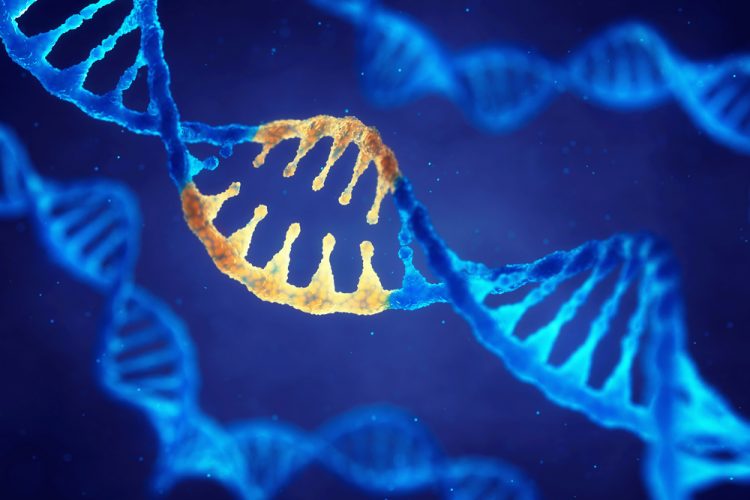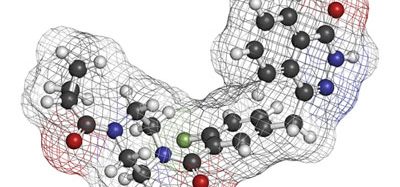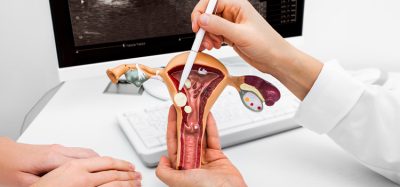Prime editing method corrects cystic fibrosis in stem cells
Posted: 11 August 2021 | Anna Begley (Drug Target Review) | No comments yet
A team of scientists used a CRISPR-Cas9 technique known as prime editing to correct cystic fibrosis in cultured human stem cells.


Researchers from the Hubrecht Institute, UMC Utrecht and the Oncode Institute, all the Netherlands, have corrected mutations that cause cystic fibrosis (CF) in cultured human stem cells using a technique called prime editing to replace the faulty piece of DNA with a healthy piece. According to the team, the study shows that prime editing is safer than the conventional CRISPR-Cas9 technique to treat genetic conditions.
Prime editing is a newer version of the better-known gene editing technique CRISPR-Cas9, which cuts the DNA before correcting it. Although this corrects the mutated piece of DNA, it can also cause damage in other regions in the genome. Prime editing, on the other hand, uses a nickase-cas9 fused to a reverse transcriptase that directly synthesises the desired edit at the target site. “In our study, prime editing proves to be a safer technique than the conventional CRISPR-Cas9. It can build in a new piece of DNA without causing damage elsewhere in the DNA. That makes the technique promising for application in patients,” said first author Maarten Geurts.
The team began by developing human intestinal organoids using stem cells of patients with CF. The mutations that cause CF are localised in the CFTR channel. Due to the mutations, the channel does not function properly, leaving the layer of mucus that covers the cells with too little water. The addition of a substance called forskolin causes healthy organoids to swell, but this does not happen in organoids with mutations in the CFTR channel.
The team used prime editing to the organoids and succeeded in correcting the mutations that cause CF. “We applied prime editing to the mutations, after which the treated organoids demonstrated the same response as the healthy organoids; they became swollen. That provided us with proof that our technique worked and replaced the mutated DNA,” Geurts explained.
Having proved that the mutations that cause CF can be safely corrected, applications in the clinic come one step closer. “New variants of CRISPR-Cas9, such as prime editing, can safely correct mutations without causing damage in other regions of the DNA. This will hopefully enable us to cure or even prevent genetic diseases in the future.” However, some challenges lie ahead and the technique still needs to be adapted for safe use in humans. Nonetheless, Geurts maintained that the study is a great step towards successfully applying prime editing in the clinic.
The study was published in Life Science Alliance.
Related topics
CRISPR, DNA, Gene Therapy, Genomics, Organoids, Regenerative Medicine, Stem Cells
Related conditions
Cystic fibrosis (CF)
Related organisations
Hubrecht Institute, Oncode Institute, UMC Utrecht
Related people
Maarten Geurts








